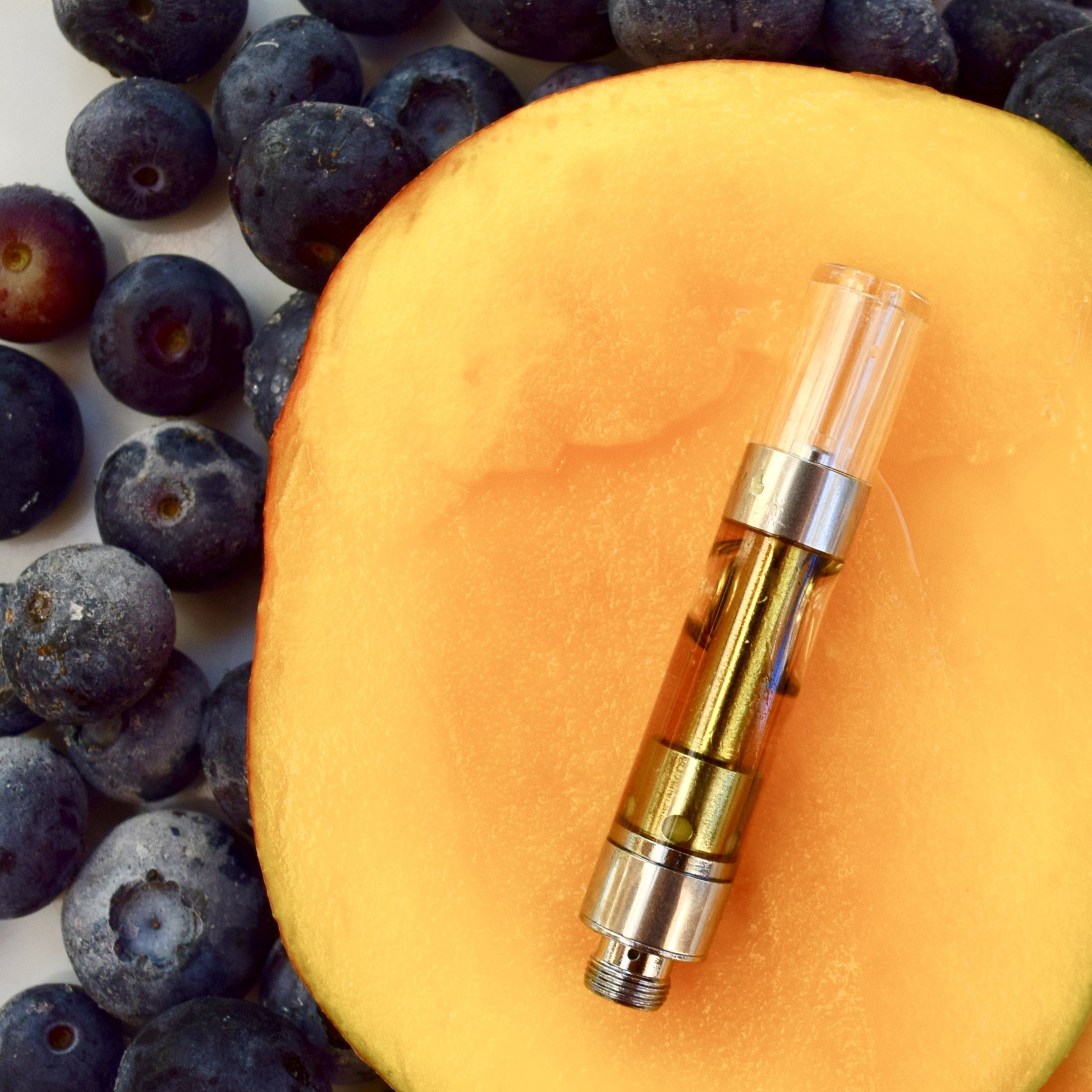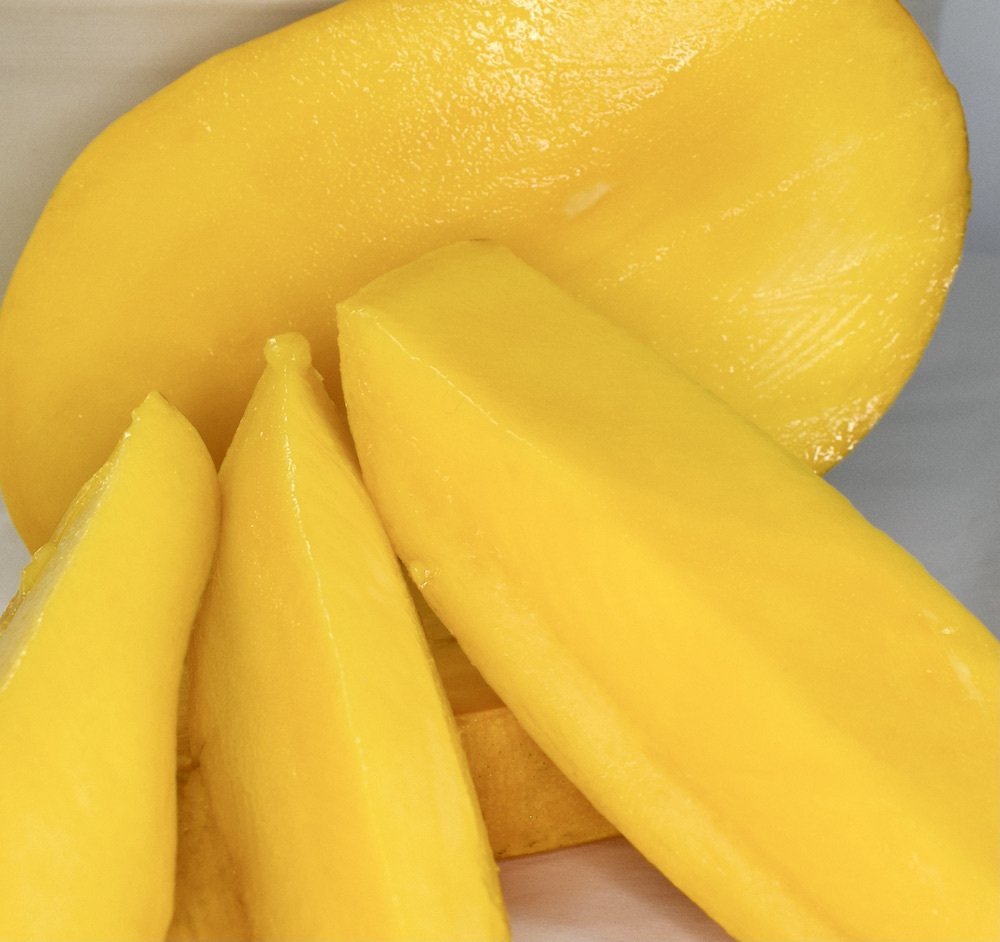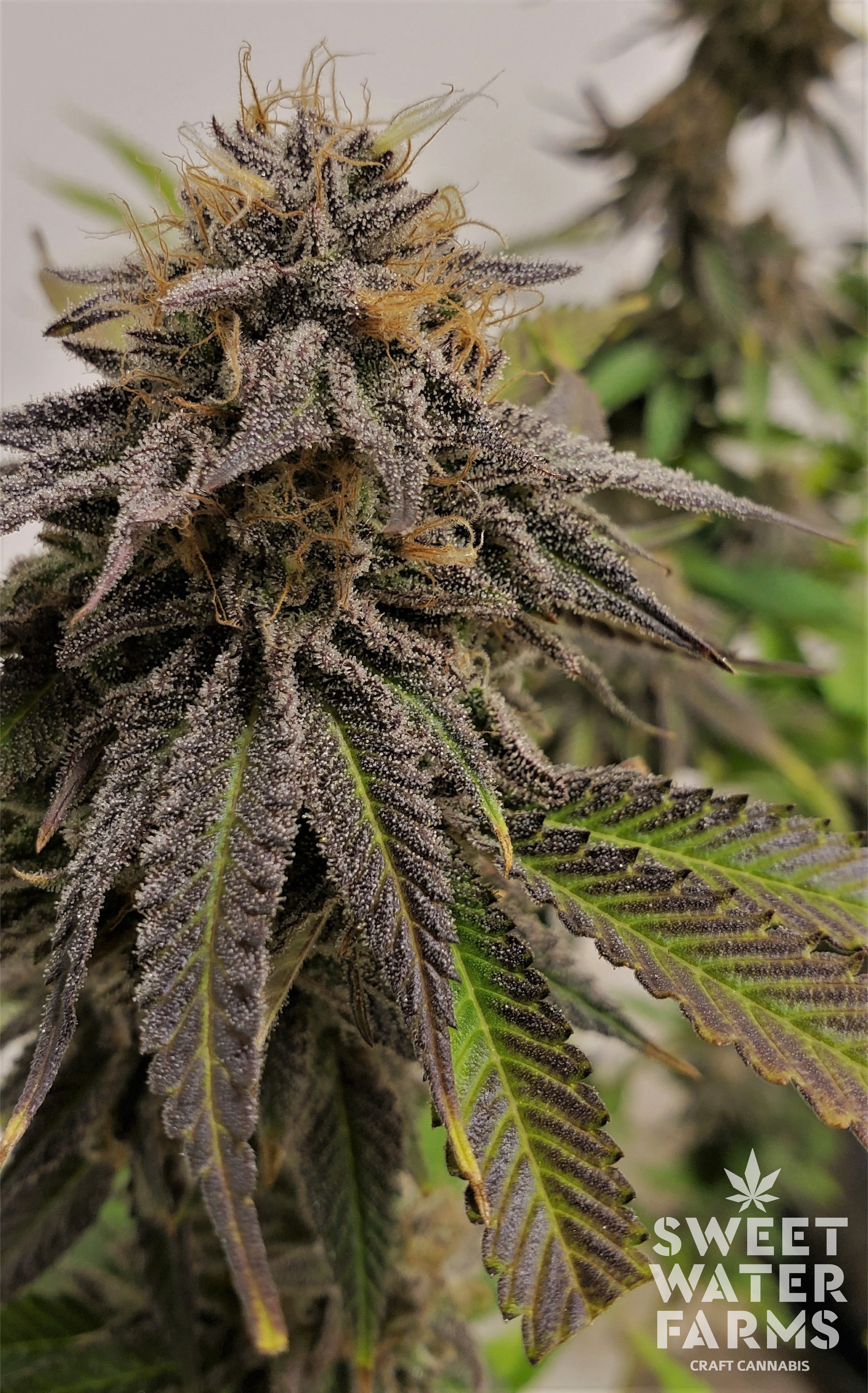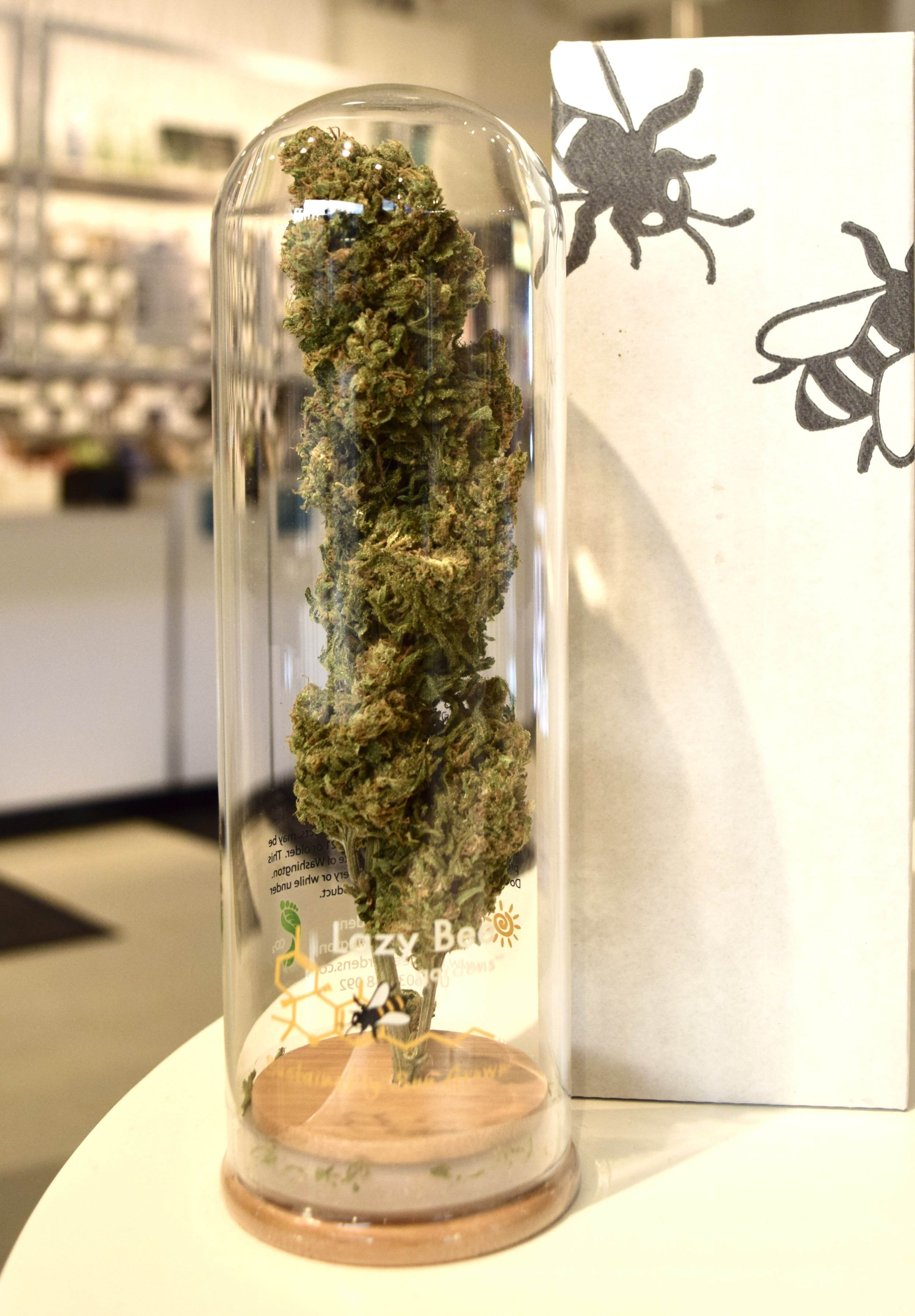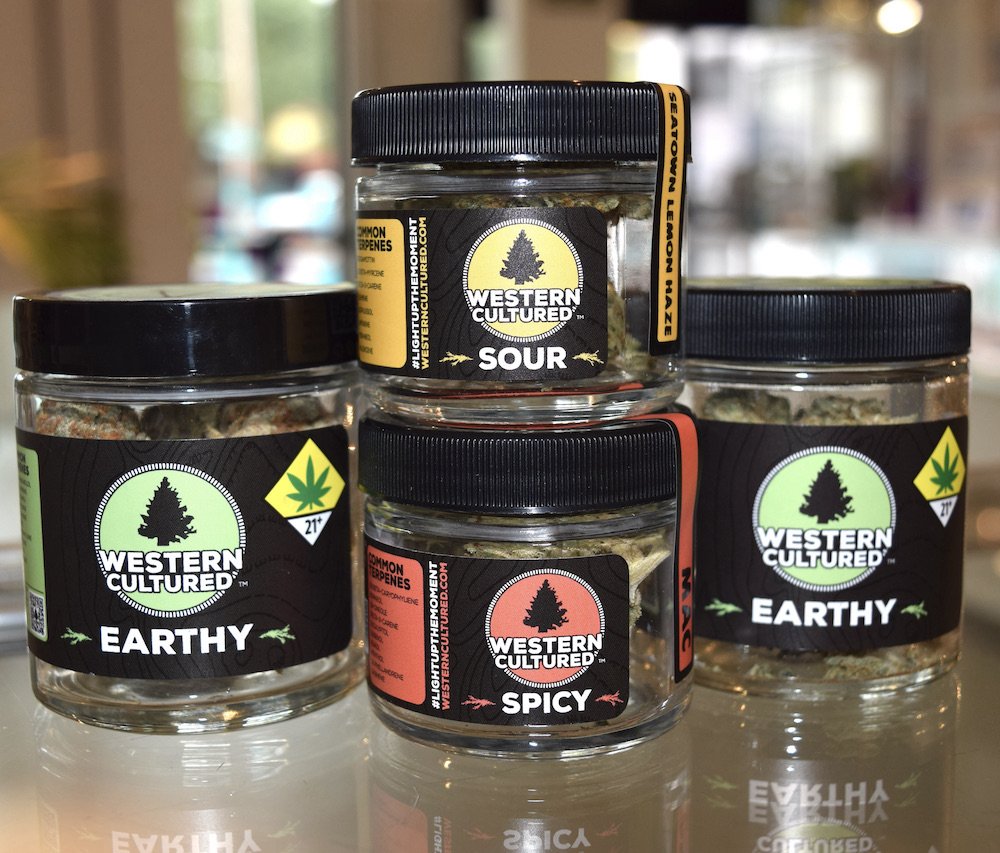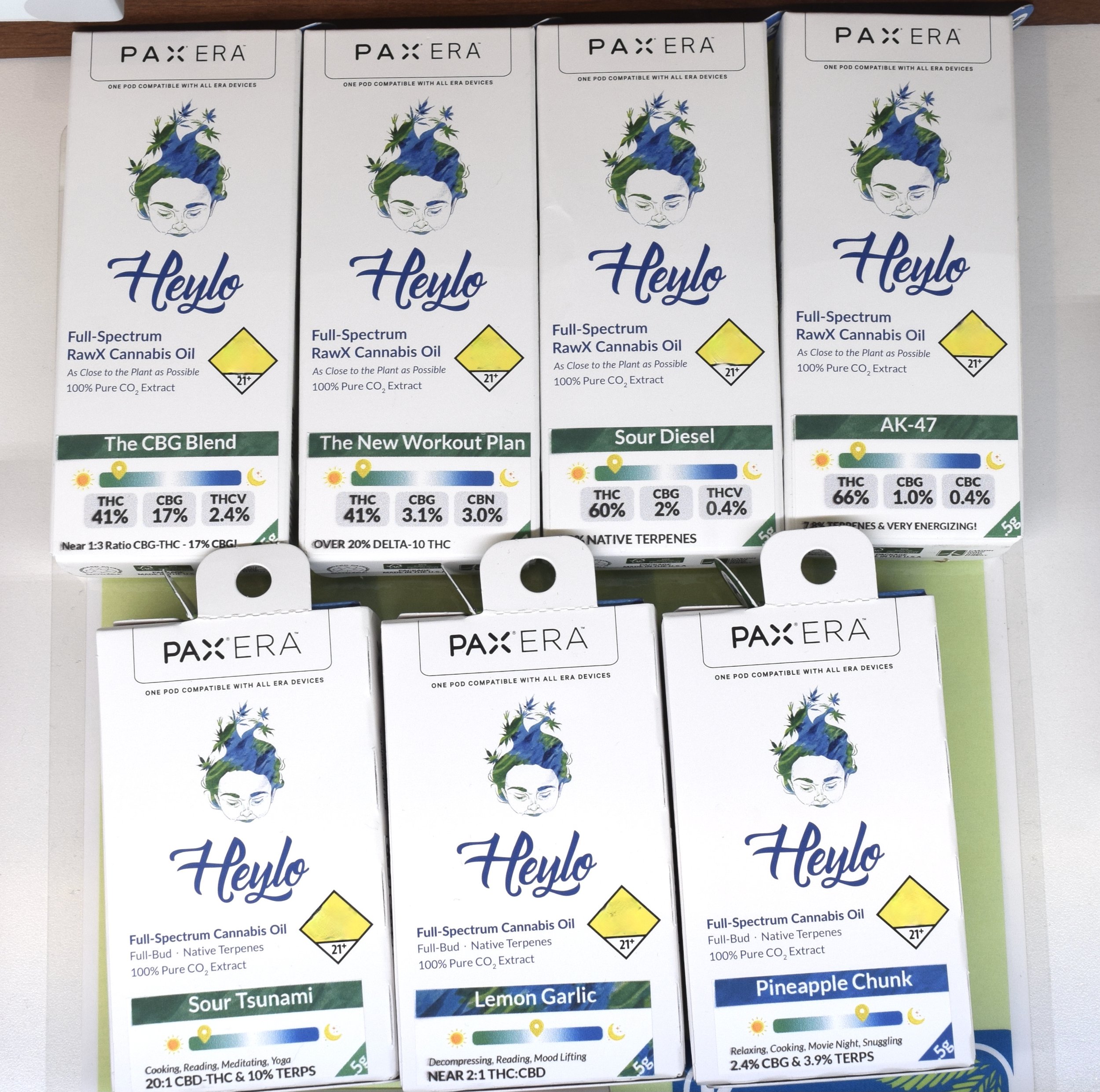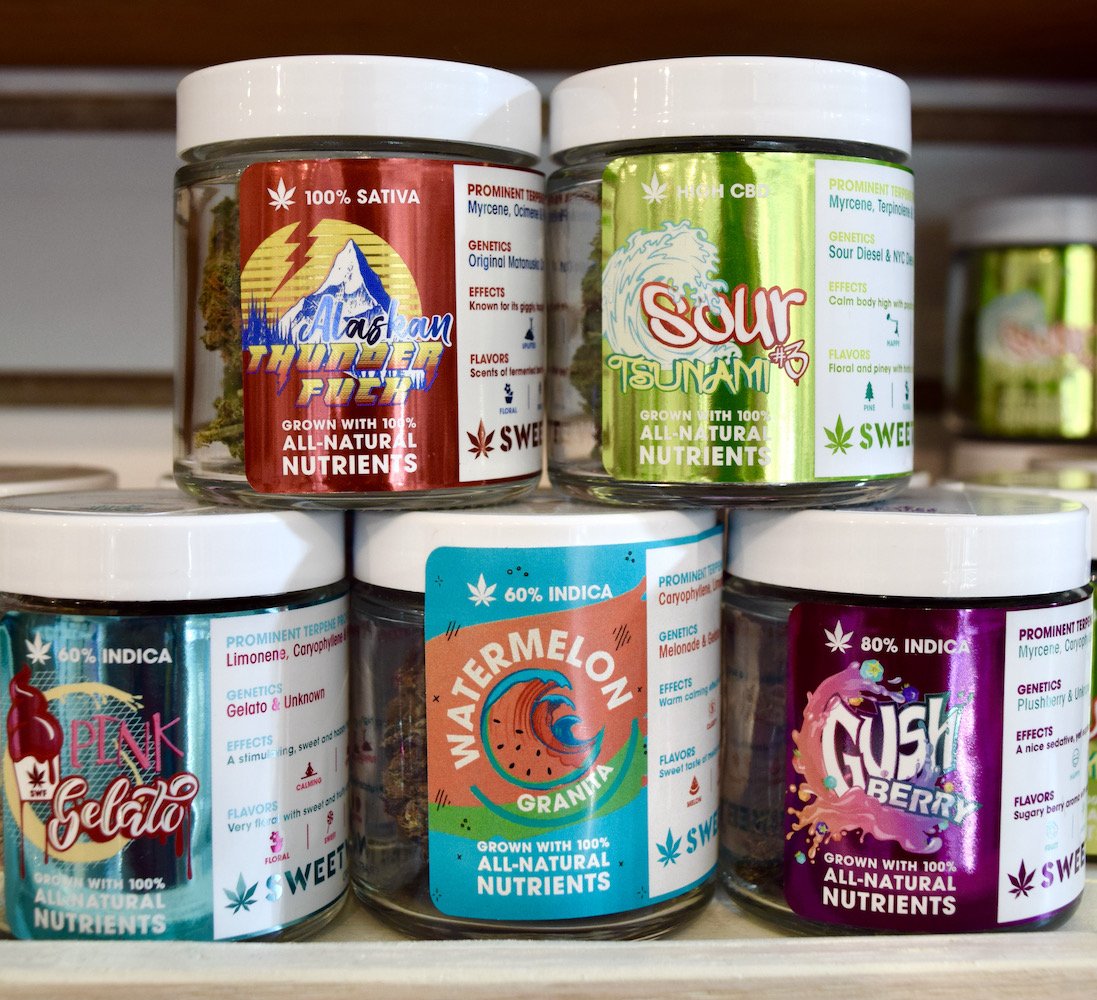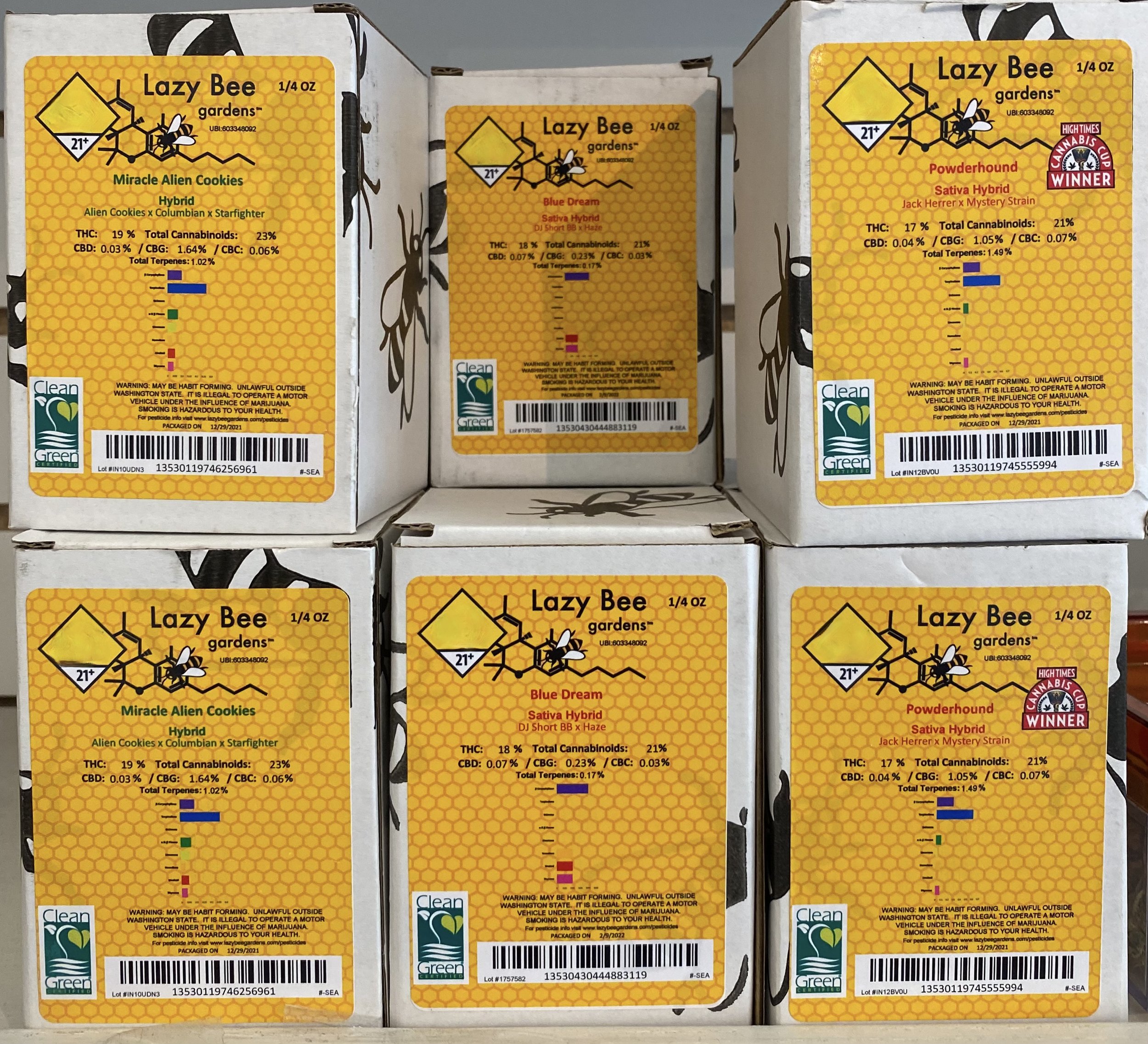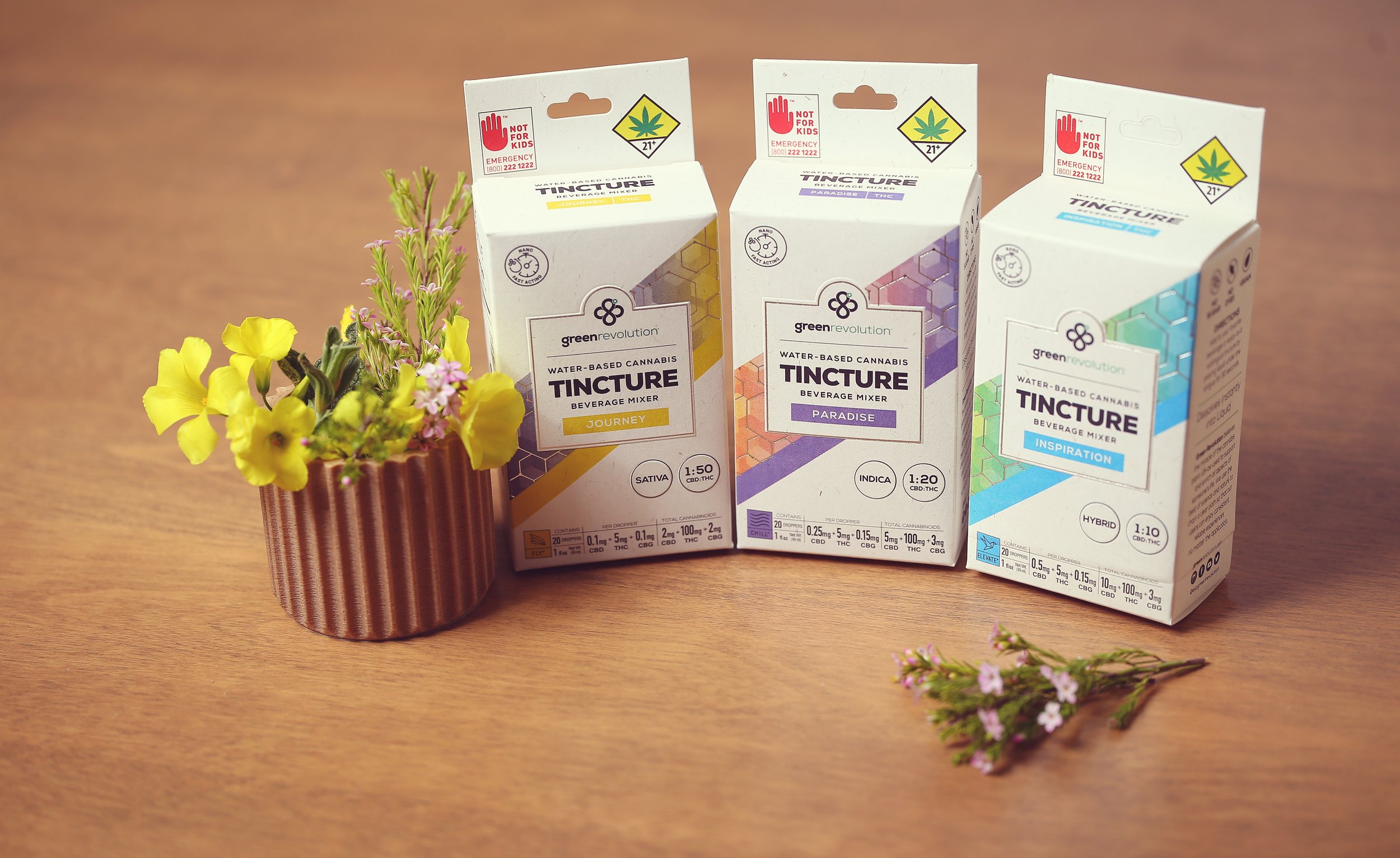Terpenes 101- Myrcene
by Rachel Hantula, customer & product manager
Let’s further explore terpenes…
As a brief reminder, terpenes are aromatic organic compounds found within plants, including cannabis. When it comes to consuming a specific cannabis cultivar, terpenes are thought to play an important role in determining the type of “high” someone might experience by interacting synergistically with other organic compounds present in the plant. Give yourself a refresh, or acquaint yourself a bit, with our first in this series, Terpenes 101- Limonene!
This round, we’re talking about myrcene, one of the most prevalently found terpenes in cannabis, much like limonene which we discussed in our last edition. We’ll discuss how myrcene affects the high we expect from cannabis and its relation to other organic compounds concentrated within this beautiful plant.
If you’ve partaken in any cannabis, the chances you’ve encountered myrcene are relatively high. According to Leafly, when analyzing thousands of samples of cannabis flower tested by Leafly Lab partners, they found myrcene represented 20% of the terpene profiles in modern commercial strains.
Myrcene is often thought to generally have a calming and sedative effect on the system, contributing to lemongrass (which is known to contain abundant amounts of myrcene) tea’s holistic effects. Although, as we know, the way any cannabis strain makes us feel is dependent on more than just how one terpene interacts with our body chemistry. We need to look at the whole picture including the entire terpene profile of a strain and its cannabinoid and flavonoid profiles as well.
Myrcene
This terpene is found abundantly in nature in many plants, herbs and fruits. It has an earthy, musky scent you may recognize from bay leaves, fresh hops, mangoes, berries and many popular strains of cannabis.
For many years, cannabis consumers were trained by the industry to shop strictly based on THC percentage due to a simple lack of understanding and knowledge. Recently, it has been found this is an incredibly limiting method when it comes to selecting a cannabis strain to meet your specific needs, for a multitude of reasons -- the most important being that all the parts of the plant in unison create an experience, not just one isolated component.
There could be twenty different strains on our shelves all having tested at different analytics labs with results stating 20% THC by weight. Each individual strain of those twenty will produce twenty completely unique experiences, regardless of the fact they are equally composed of THC. It is also quite difficult to compare different cannabinoid concentration results across different brands/farms that use different lab facilities to analyze their products.
Methodologies differ. The way in which material is handled differs. This can all play a role in the final testing result. If one lab handles material with greater care than another, there may be less trichome glands ruptured or knocked off the plant, affecting the concentration totals when analyzed.
Different parts of the cannabis plant will test differently since trichome coverage is not always perfectly uniform across the whole plant. Often, the main cola (flowering part of the cannabis plant) will be the most densely covered compared to buds forming toward the lower end of the plant. A farm could submit flowers from the top cola and achieve high results only for the lower buds (with lower concentrations) on the plant to be sold to most consumers. As a reminder, trichome glands are the resinous glands containing a cannabis plant’s cannabinoid and terpene profile.
Cola: botanical term that describes the flowering site of a female plant. Pictured above are examples of colas grown at the very top, upper end of a cannabis plant
THC content is an important component to consider, but it will never be the end-all be-all for how strong or satisfying you’ll find your high and overall experience to be.
The best way to look at lab results on a cannabis products packaging is through the lens of ratios of cannabinoids to each other, and the ratios composed within the plant’s terpene profile, as opposed to the definitive numbers designating exact concentration of each individual compound. For example, how much THC is there compared to CBD? What’s the myrcene concentration comparable to the ratio of THC and CBD? How much more myrcene is present in this product than limonene? How do these ratios tend to affect me, personally as an individual?
Write these things down, and create a cannabis journal to track your experiences. This can allow you to very intentionally direct your future choices according to your needs.
Consider, for example, a strain testing at say 12% THC. Some consumers might find that to be a “low” number and opt for something “stronger,” which are of course subjective terms and might mean different things to different people depending on their personal experience and use of cannabis and of course their own unique body chemistry.
However, a strain testing low in THC but high in myrcene can have potent, pronounced intoxicating effects. Strains high in myrcene are often associated with a quick and powerful high due to myrcene’s role in facilitating the transport of cannabinoids (i.e., THC) to your brain by enhancing transdermal absorption.
In short, more myrcene = more efficient THC absorption.
Molecule of myrcene
While each individual, unique cannabis cultivar will produce markedly different effects depending on their organic components’ concentration as well as a consumer’s specific body chemistry, there are some general themes that folks across the industry have found to be associated with prominent amounts of myrcene in any one cannabis strain.
Many strains with myrcene as the most prominently present terpene are found to be deeply relaxing and relieving in nature, for both mind and body. Myrcene can often be associated with intense levels of euphoria, possibly due to its above-mentioned ability to increase the absorption of THC.
The best way to figure out a cultivar’s terpene profile is to go straight to the farm/grower/producer curating whichever cultivar you are interested in. Terpene and cannabinoid ratios will differ based on different growing practices. Many farms and gardens provide this information right on their packaging.
On Hashtag’s shelves you can find detailed terpene information from:
Lazy Bee Gardens
Heylo
Western Cultured
Sky High Gardens
Sweetwater Farms
Saints
Raven Grass
Puffin Farm
Green Revolution
Fairwinds
Some of these brands will even do the work to translate what this terpene data might mean in terms of effect! This is super helpful to many of our guests, but remember, effects often vary from person to person.
Strains at Hashtag that are High in Myrcene:
BLUE DREAM
Blue Dream is well known to almost always having high amounts of myrcene compared to the rest of its terpene profile. While typically containing great concentration of this terpene, Blue Dream is usually not considered a very sedative strain, although it can be quite relaxing. Many folks associate Blue Dream with effects best served during the day time. I’ll pick up Blue Dream for my partner to smoke while video gaming. It keeps his butt parked at his desk, but his mind is creatively stimulated and alert. Due to the high amounts of myrcene, this strain is usually quite euphoric with pronounced mood enhancing capabilities. You can find Blue Dream from our partners at Lazy Bee Gardens, Sky High Gardens, Artizen and Western Cultured & Fairwinds depending on availability.
BLUEBERRY
Blueberry is another strain known to commonly contain myrcene as its most prominently featured terpene. The Blueberry high has a euphoric and hazy feel to it that creeps up on you slowly before washing over you with a sense of calm and ease. As this high grows, your mind will fall into a state of hazy introspection that immediately erases any negative or racing thoughts and numbs the brain. Heylo produces an excellent Blueberry in vape form. You can also find Blueberry from Constellation Cananbis on Hashtag’s shelves.
Heylo really goes the extra mile to give you insights into their specific cultivars. You can find all of this information on their website as well as their packaging including the unique color cananstamp, which shows you the ratios of specific terpenes to one another. The pink in Blueberry’s cananstamp represents myrcene!
OTHER STRAINS HIGH IN MYRCENE ACCORDING TO LEAFLY:
OG Kush
Remedy
9 Pound Hammer
Grape Ape
FPOG
Granddaddy Purple
Tangie
Harlequin

